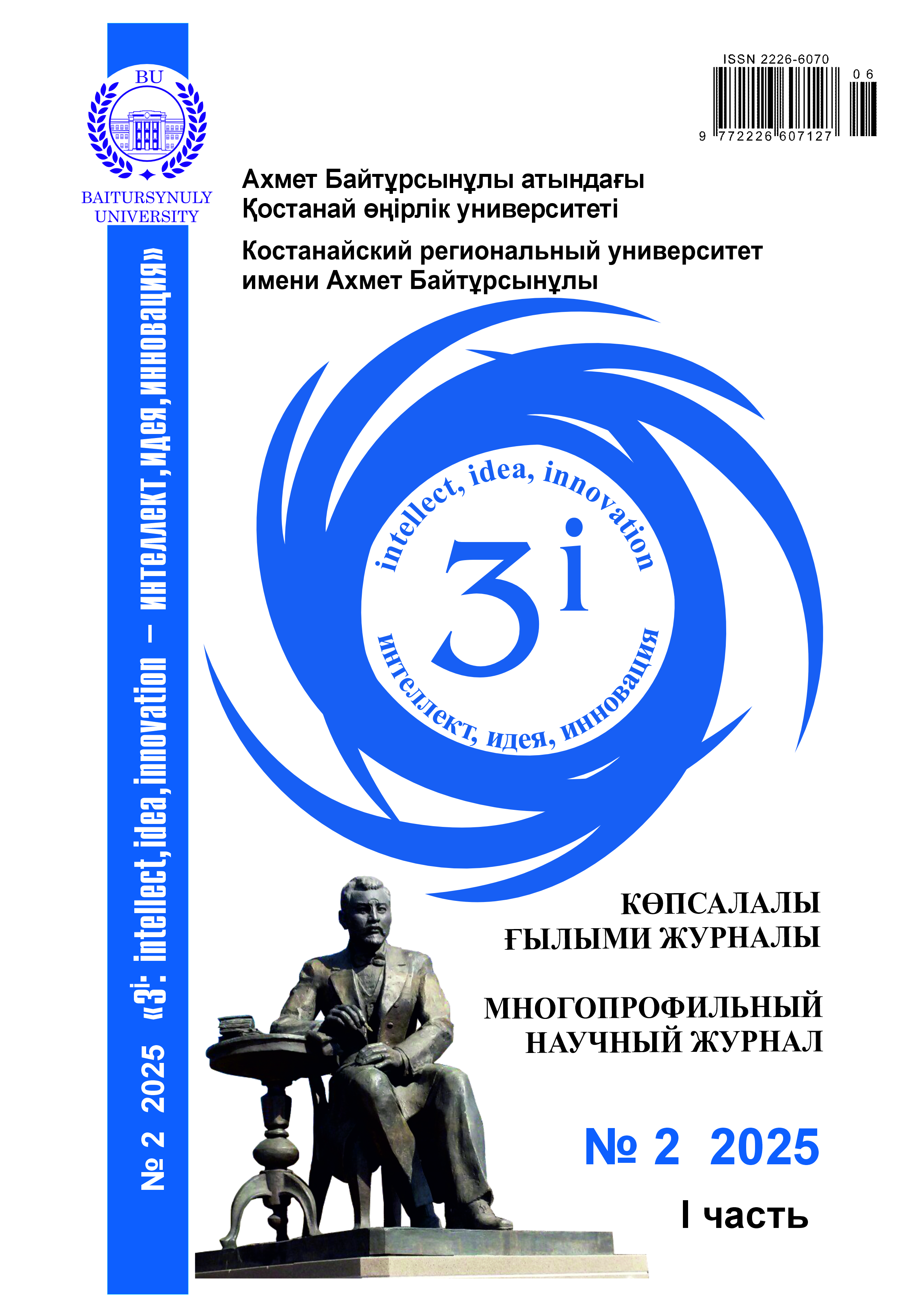IMMUNOBIOCHEMICAL BLOOD PARAMETERS OF NEWBORN CALVES WITH DYSPEPSIA
DOI:
https://doi.org/10.52269/RWEP252139Keywords:
dyspepsia, newborn calves , histamines, medium molecular peptides, intoxicationAbstract
Biogenic amines play an important role in the mechanism of inflammatory processes occurring in the gastrointestinal tract. Excess histamine alters the trophism of the gastrointestinal wall, increases permeability, reduces barrier and selective functions, and causes sudden spastic contractions of the intestinal wall, further disrupting digestion. The research findings showed that in the group of calves with dyspepsia, the total protein level decreased significantly by 18.5%, and the ceruloplasmin level decreased by 22.5%. A decrease in ceruloplasmin levels indicates reduced antioxidant properties, leading to an accumulation of free radicals, which contributes to the development of intoxication. A high level of medium molecular weight peptides also indicates severe endogenous intoxication in the setting of the gastrointestinal inflammation in calves. In the mechanism of protective responses that develop in almost any inflammation, including in the gastrointestinal tract, complex specific immune processes and nonspecific factors (lysozyme, phagocytosis, interferon, etc.), as well as cellular and humoral responses, intertwine and interact, determining both local immunity and the overall immune response. The level of immune-competent cells (lymphocytes) decreased by 8.9%, due to a decrease in the number of T-lymphocytes by 14.9%, and especially B-lymphocytes by 23.5% (P<0.05). As is well known, the B-lymphocyte class is responsible for the synthesis of antibodies against foreign proteins, microorganisms, and their toxins. A significant decrease in the level of lysozyme by 20.6% was observed in the affected calves, and lysozyme is a natural antihistamine factor.




